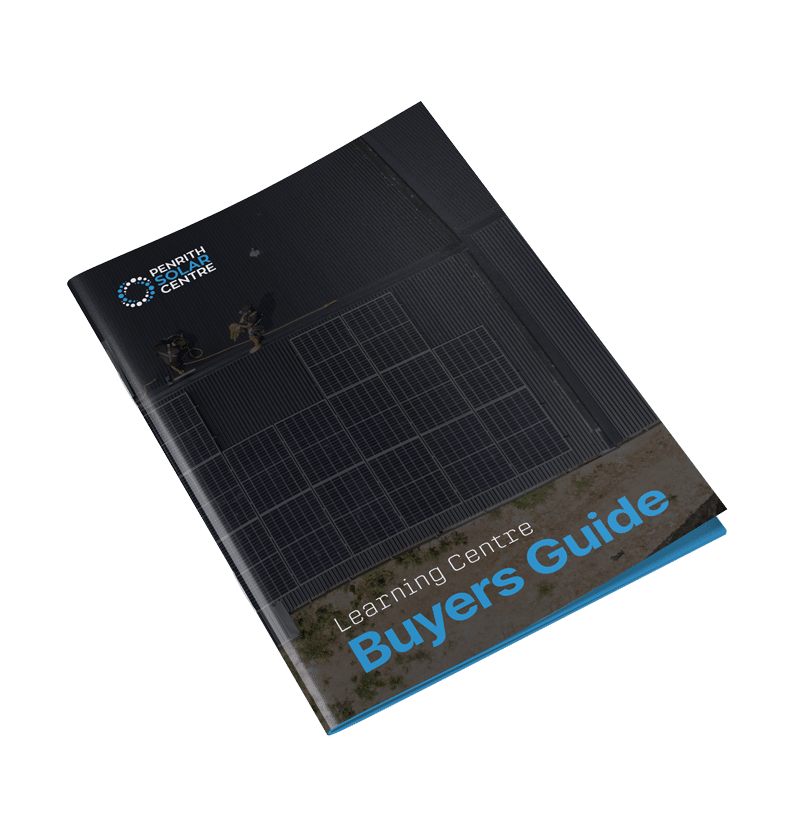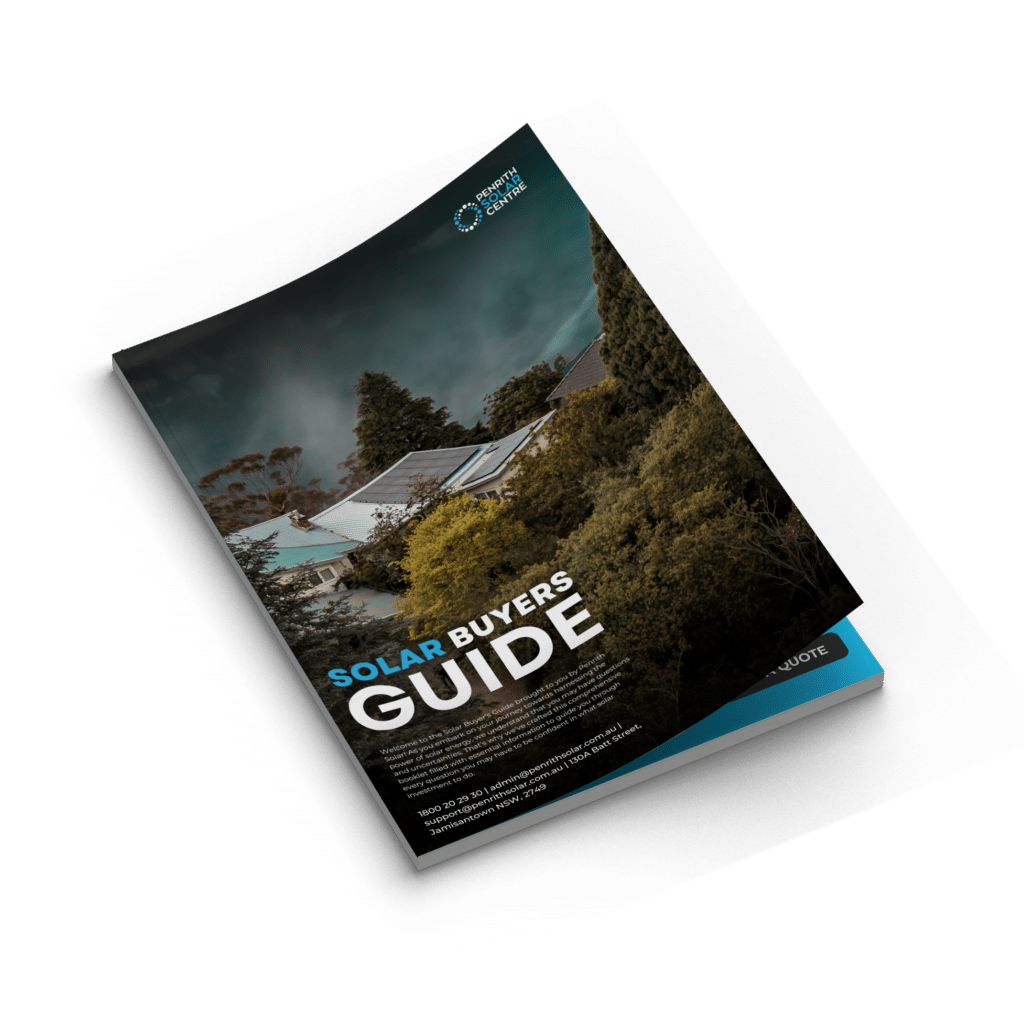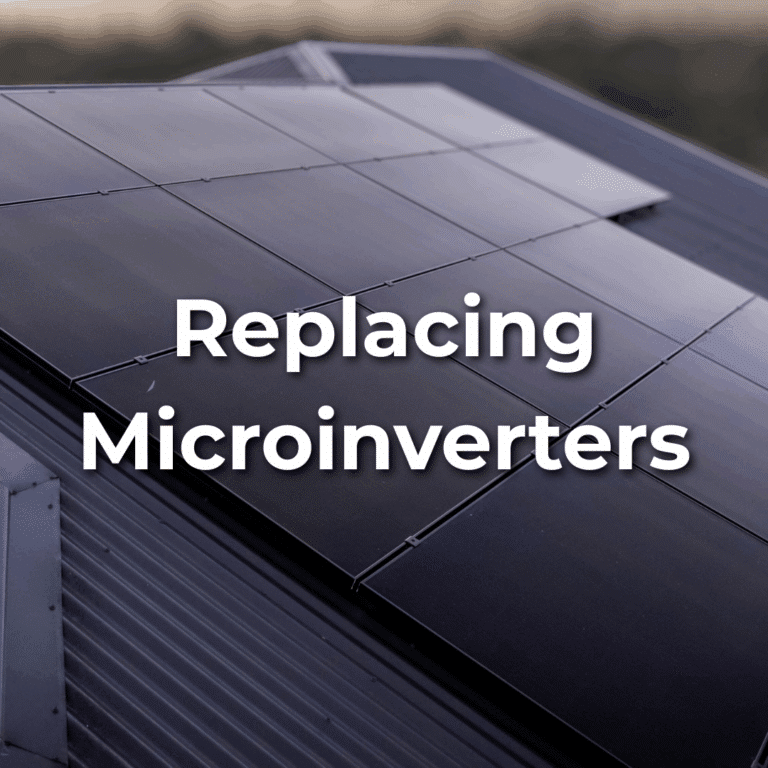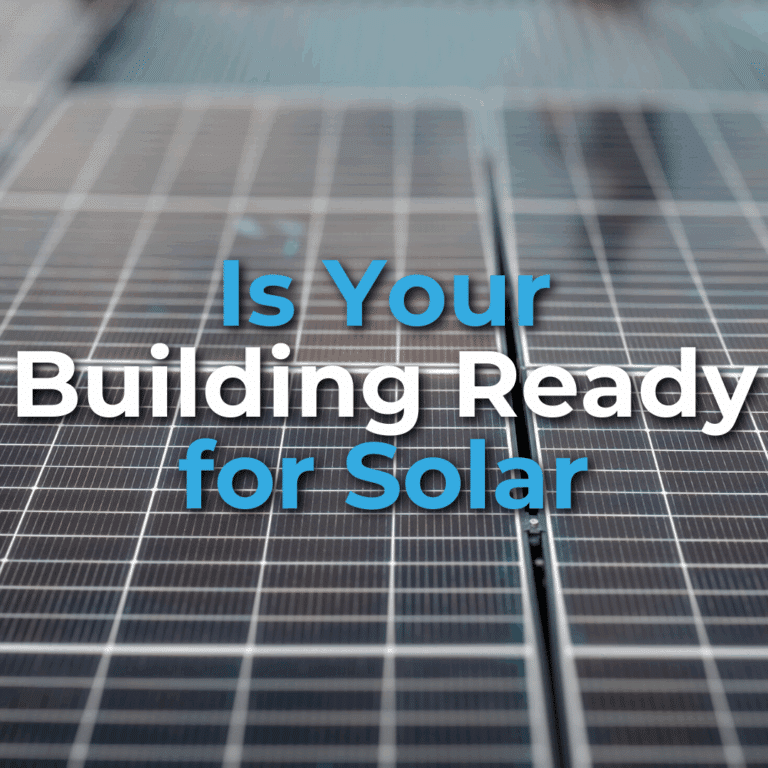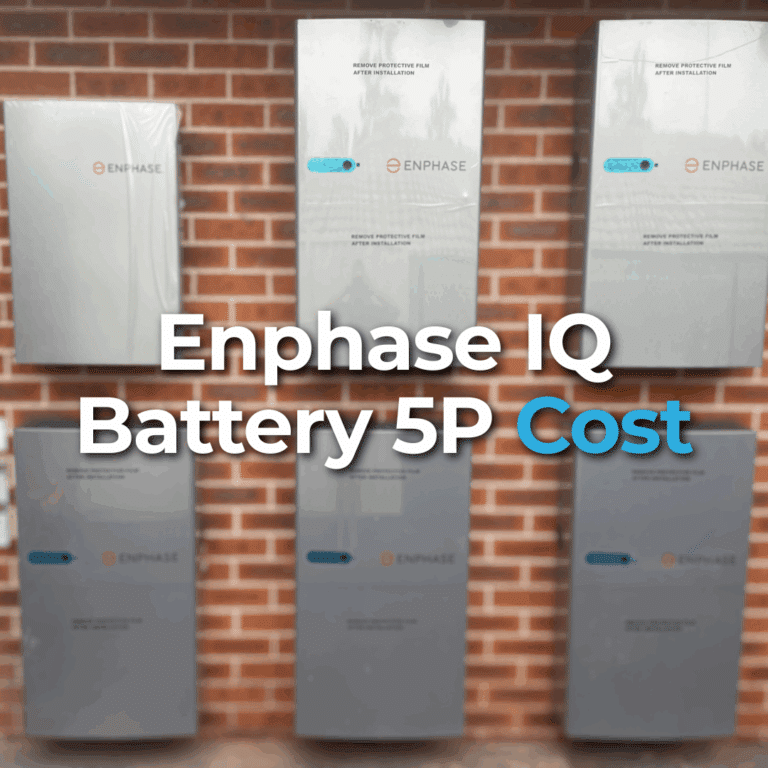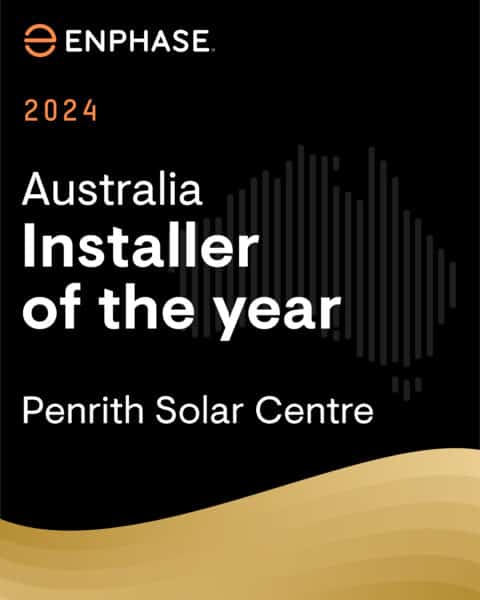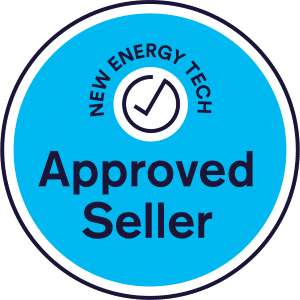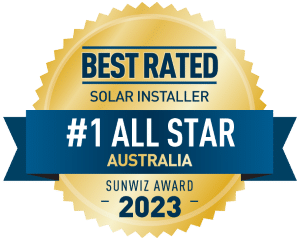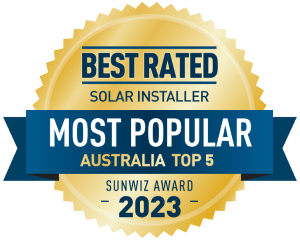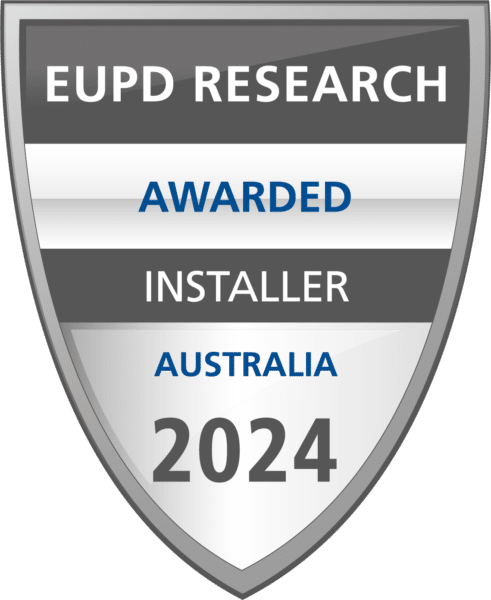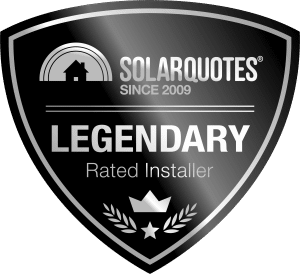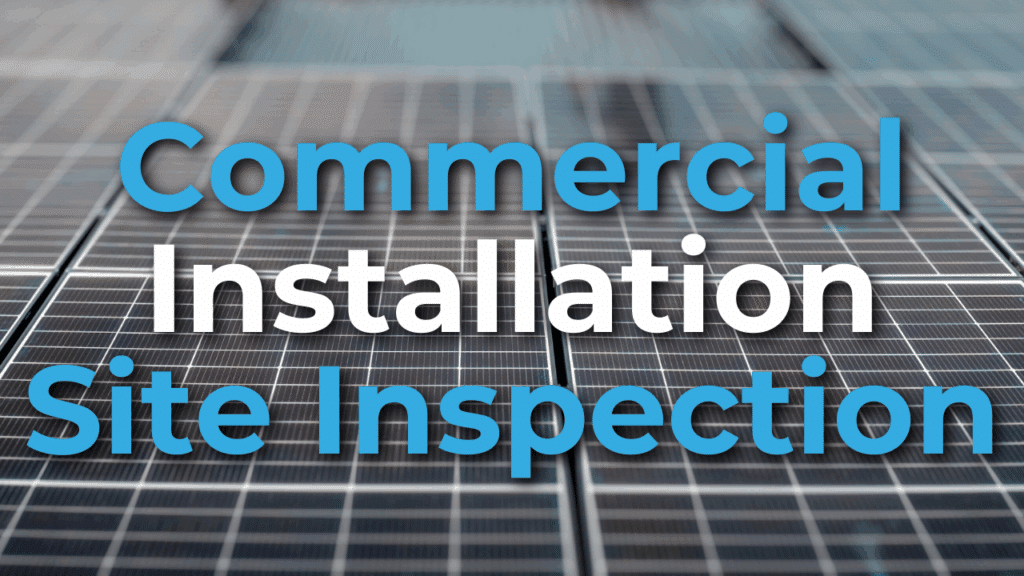
Commercial solar energy isn’t like residential solar energy. The installations are more complex. A mistake can cost you thousands of dollars. That’s why a thorough site inspection is one of the most important steps before installing solar.
If you skip the site inspection, you could face big problems later. Problems such as hidden costs, project delays, or safety risks.
At PSC Energy, we’ve worked on many commercial solar projects. We’ve seen what happens when people try to rush through or skip the site visit. Things get missed. Costs go up. That’s why we always recommend a full site inspection from the start.
In this article, you will learn the following:
- Why Site Inspections Are Non-Negotiable in Commercial Solar Panel Installations
- What Actually Happens During a Solar Panel Site Inspection
- What You Can Expect After the Commercial Solar Panel Inspection
- FAQ: Commercial Solar Site Inspection
By the end of this article, you’ll know exactly what happens during a commercial site inspection. You will see why it matters and how it helps you avoid risk.
Why Site Inspections Are Non-Negotiable in Commercial Solar Panel Installations
Commercial solar projects carry more risk than residential ones. The systems are larger, the power setups are more complex, and the safety requirements are stricter. If the installer misses something during the planning stage, you may face delays or unexpected costs once work begins.
A thorough site inspection helps avoid those problems. It provides PSC Energy with a comprehensive view of your site, switchboard, roof, and everything in between. With that knowledge, we can accurately quote the job and design a system that perfectly fits your site.
This protects your budget and sets clear expectations because nothing is left to guesswork. No hidden costs. No project surprises. Just a clear plan from the start.
If you’re interested in learning a bit more about commercial solar installation, you might want to check out the following article titled, Commercial Solar Panel Feasibility Study: How Businesses Can Assess Energy Benefits.
What Actually Happens During a Solar Panel Site Inspection
A site inspection checks everything that could affect your solar installation.
Main Switchboard
The inspection starts at your main switchboard. This is the panel that manages all the power flowing through your site. It’s often the biggest source of unexpected costs, so it needs a close look.
If the switchboard is outdated, overcrowded, or lacks sufficient space nearby, it may need an upgrade. That kind of work can be expensive.
We also check if there’s room to install an AC circuit breaker, which connects your new solar system to your existing setup. If not, additional work may be required, which adds to the cost.
Space for Installation
Next, we look for a good location for the inverters or batteries. These devices extract power from the solar panels and convert it into usable energy for the building. It’s best if this location is close to the switchboard.
We recommend installing everything as close as possible, as the cable connecting them is expensive. The longer the cable runs, the higher that additional cost will be. So, the closer the inverter or battery is to the switchboard, the better.
Checking the Roof
Next, we inspect the roof. We check for rust, damage, weak spots, and signs of wear. We also make sure it’s safe for workers to walk on, because unsafe surfaces can delay or stop the job.
We look for obstructions that won’t show up on satellite images. This includes items such as skylights, vents, and fibreglass sheeting. We also check for nearby trees or buildings that could cast shade. Shade reduces panel performance, so we need to know exactly where it falls to design the layout correctly.
Safety is a key part of the roof check. Skylights may need covers to prevent falls. We also assess whether we can install edge protection on the day. If not, the team may need to use harnesses, which are more time-consuming and require additional effort.
Mapping It Out
We also plan how to run cables from the roof to the inverter or battery. To do this, we measure the spacing between the purlins (these are the metal beams that support your roof).
Our structural engineer uses these measurements to confirm whether the roof can safely hold the panels.
After that, we check how the install team will access the roof. We look for things like built-in ladders, staircases, or any other safe entry point. If there’s no easy access, we may need a scissor lift, which increases the overall cost. It’s important to know that upfront.
We also assess how to move the solar gear onto the roof. Depending on the layout, this might require a crane or another lift. We select the safest and most practical option based on your site.
Staging the Equipment
After that, we ask where we can store the equipment. A commercial job might involve numerous pallets of panels, rails, and other equipment. We need a space that is safe, out of sight, and won’t interfere with your business. We also want to avoid theft or damage.
Finally, we look at parking and access. Our team needs to park cars, unload tools, and navigate your site without causing any disruptions. This helps the job go smoothly from start to finish.
If you’re interested in learning a bit more about commercial solar payment options, you might want to check out the following article titled, How Should a Business Pay for a Commercial Solar Panel Energy System? Your Guide to CapEx, Leasing, and PPAs.
What You Can Expect After the Commercial Solar Panel Inspection
Once the site inspection is complete, your PSC Energy takes all the information back to our design team. This is where the real planning begins. Our design team utilises the site inspector’s findings to create a solar system that perfectly suits your site. We will not make any guesses or assumptions. We work from facts collected on your site.
The layout of the solar panels will match your roof shape, the obstructions, and the sun’s path. If there are skylights or vents, the design will work around them. If there are shaded areas, the team will know where they are and can plan the system so those areas don’t impact energy production.
The structural engineer will use the roof measurements to confirm that the panels will be safely installed. If your roof requires additional support, we will inform you promptly. This avoids future problems or damage.
You will then receive a full, transparent quote. This quote encompasses all aspects of the job. It will include any switchboard upgrades, safety gear, roof access needs, and more. Because we saw your site in person, we don’t need to add “buffer” costs or guess at unknowns. You get a real price based on your building.
This is where you make your decision. You now have all the facts. You know the plan, the price, and the process. You can move forward with confidence, knowing there will be no hidden costs and no nasty surprises.
If you’re interested in learning a bit more about PPAs, you might want to check out the following article titled, Power Purchase Agreements (PPAs) for Commercial Solar: A Practical Explanation for Businesses.
Final Thoughts: Don’t Skip the Site Inspection
A site inspection may seem like a minor step, but it makes a significant difference. It gives PSC Energy everything we need to design the right system for your site. It protects you from unexpected costs and clearly outlines what the project will entail.
Every roof is different. Every switchboard is different. Every site has its own access, storage, and safety needs. That is why a real person needs to come to your site and see it for themselves.
At PSC Energy, we believe in doing things right from the start. We do site inspections because they help you get the best outcome. They protect your time, your budget, and your business.
If you’re considering solar for your commercial site, make sure your quote includes a comprehensive site inspection. It’s not just a smart step. It’s a necessary one.

If you’re interested in learning a bit more about commercial solar requirements, you might want to check out the following article titled, Why Emissions Reporting Will Make or Break Your Business and How Solar Panels Help.
FAQ: Commercial Solar Site Inspection
What is a commercial solar site inspection?
A commercial solar site inspection is a detailed visit by your solar provider to assess your building, roof, electrical setup, and site access. This helps them gather all the necessary information to design a system that suits your site and avoids unexpected costs.
Why is a site inspection important before getting a solar quote?
A site inspection allows your installer to see the real conditions of your site. They check your switchboard, roof, access points, shading, and more. This helps them provide you with a quote that accurately reflects the full scope of the job, with fewer surprises later.
What does a commercial solar installer look for during a site inspection?
They look at your main switchboard, the condition of your roof, the distance between key equipment, shade on the roof, structural details, access points, storage space for materials, and worker safety needs. All of these details affect the design and cost of the project.
Can’t solar providers just use satellite images to quote commercial jobs?
Satellite images don’t show everything. They can’t reveal the condition of your roof, the age or space in your switchboard, or how workers will access your site. A physical site visit gives your provider the whole picture.
Will a site inspection help lower my overall solar installation cost?
Yes. While the inspection itself may take time, it helps avoid costly surprises later. It ensures the quote you receive includes all known costs upfront, which protects your budget and prevents delays.
How long does a commercial solar site inspection take?
Most site inspections take between 1 to 2 hours, depending on the size and complexity of your site. Larger or more technical sites may take longer.
Do I need to be there for the site inspection?
It’s helpful if someone familiar with your building and operations is on-site. This allows the installer to ask questions about access, equipment storage, and business operations that might affect the installation.
When should I book a site inspection?
Book your site inspection early in the process, ideally before requesting formal quotes. This confirms that the design and pricing are accurate from the start.
